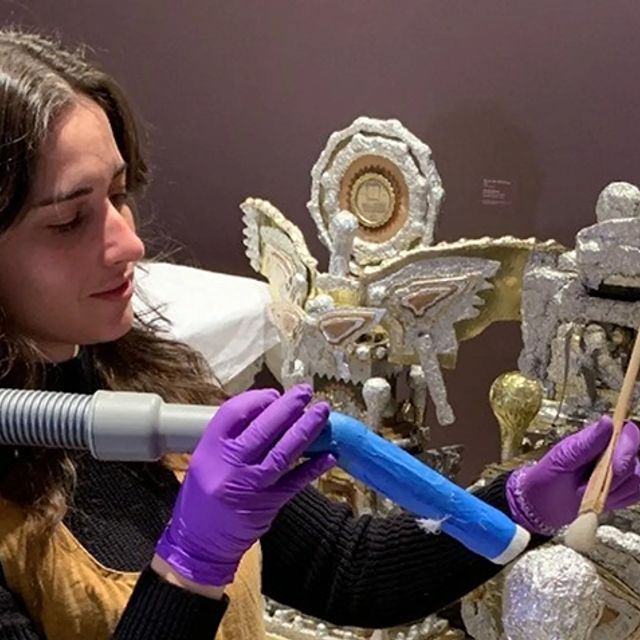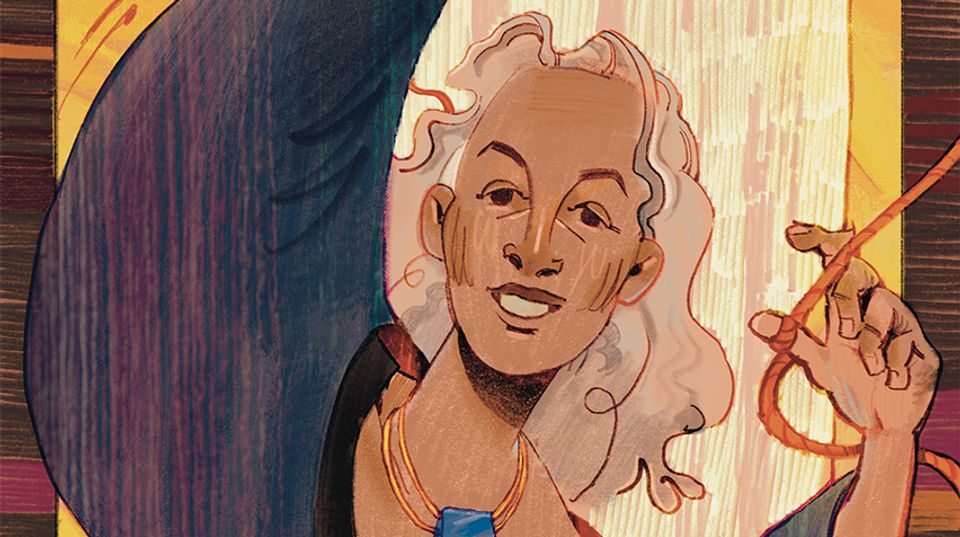A grammar maven and self-described “vituperative right-wing scandalmonger,” former New York Times opinion columnist William Safire is not your typical arts advocate. But Safire wants you to rethink not only the politics of art but art itself, according to Philip Kennicott’s Washington Post write-up of the 19th annual Nancy Hanks Lecture on Arts and Public Policy.
Safire hinges his argument on the benefits of “the classics” and the “instrumental value” of arts education. “Instrumental value,” as opposed to “intrinsic value,” is an assessment of an artwork’s merit based on its effects. Specifically, Safire refers to the purported cognitive benefits of certain art forms—a value derived from very recent and greatly limited data. This argument is of a piece with research suggesting that listening to Mozart makes babies smarter (or more accurately, enhances their spatial reasoning skills).
It’s fuzzy science. Safire admits as much, according to Kennicott, but nevertheless casts his lot with this research. Perhaps fuzzier still is what Safire means by “the classics,” but I think it’s safe to assume that he means the canon—scant little produced in the second half of the twentieth century, and surely nothing since.

















